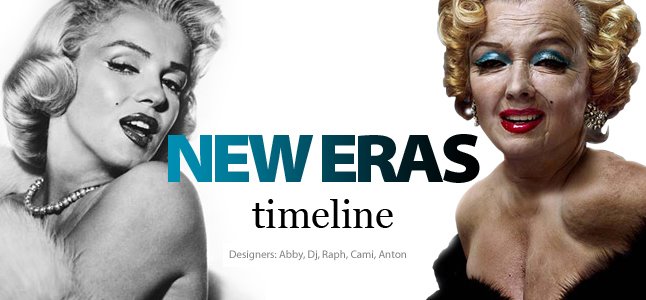
In the 1920s and early 1930s were a revolutionary period for the graphic arts throughout Europe. A drastic change took place in the way graphic designers worked that was a direct consequence of experimentation in both the fine and the applied arts. Not only did the formal vocabulary of graphic design change, but also the designer's perception of self. The concept of the designer as "constructor"—or, as the Dadaist Raoul Hausmann preferred, "monteur" (mechanic or engineer)—marked a paradigmatic shift within the field, from an essentially illustrative approach to one of assemblage and nonlinear narrativity. This new idea of assembling preexisting images, primarily photographs, into something new freed design from its previous dependence on realism. The subsequent use of collage—a defining element of modern graphic design—enabled the graphic arts to become increasingly non-objective in character.

No comments:
Post a Comment